BBC Earth newsletter
BBC Earth delivered direct to your inbox
Sign up to receive news, updates and exclusives from BBC Earth and related content from BBC Studios by email.
Animals
There is no denying that many animals engage in a variety of playful pursuits. Could it be just for diversion or is it providing something more substantial?
For most creatures, their lives consist of a never-ending, bitter struggle to avoid predators, find food and escape the elements. Yet, like us, many of them also take time out to indulge in completely needless, often mindless, tasks purely for their own amusement. Scientists are divided on what exactly constitutes play when it comes to animals, whether they actually glean pleasure from these activities and how beneficial they are. However, there is no denying that many animals engage in a variety of playful pursuits. Could it be just for diversion or is it providing something more substantial?
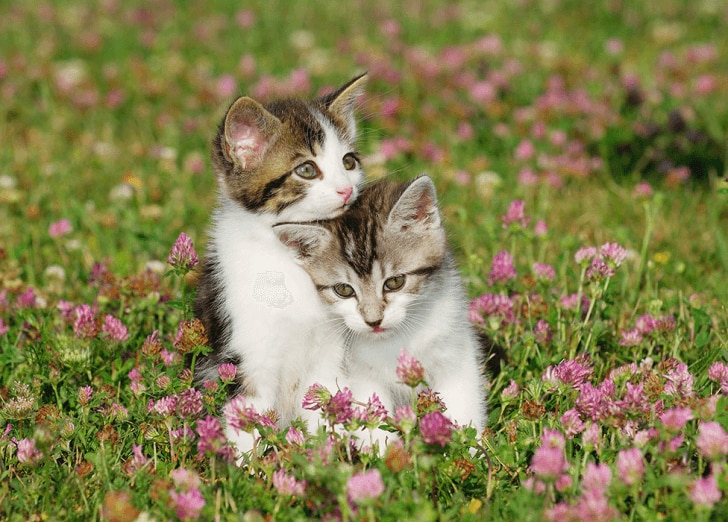
If you’ve ever spent any quality time with a litter of kittens, you’ll know that their lives tend to revolve around lots of pursuit and stalking and leaping and biting. They seem hell-bent on eradicating their siblings as quickly and brutally as possible. This play fighting (usually) stops before anyone gets seriously hurt, but what is its purpose? Some animal researchers contend that this form of play is preparing the kitten for the unexpected later in life. Having a litter-mate innocently slumbering one second then leaping at you with claws drawn the next, trains the kitten to react to life’s uncertainties.
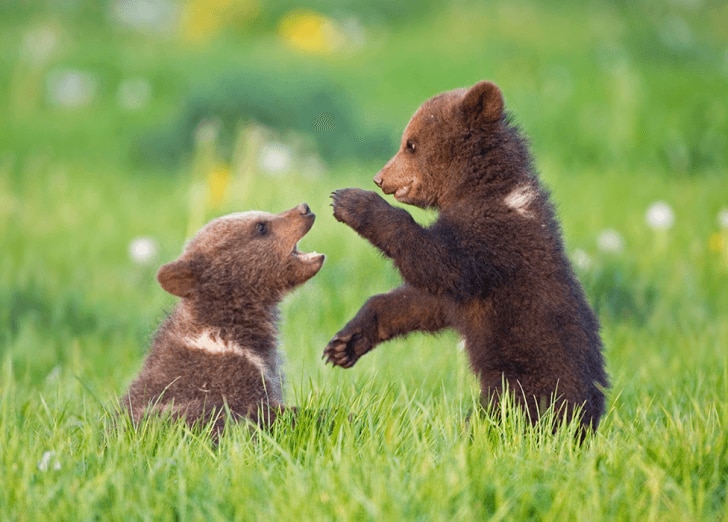
Birds of prey are natural hunters, but those predatory skills aren’t purely instinctive. Juvenile kestrels in America have been seen stalking inanimate objects, such a pine cones and twigs, that resemble the prey they’ll be seeking later in life. Dolphins have been seen blowing air rings under water which they will chase, hold down or seek out using their sonar abilities, possibly to enhance their hunting skills. Bear cubs are considered one of the most playful creatures on the planet. However, the reasons why they spend so much time goofing around are still unclear. The amount they wrestle and pounce suggests they are fledgling hunters developing their skills, but they may also be burning off excess energy or strengthening social bonds.

Baby kangaroos, known as joeys, are often seen play-fighting with their own mothers. While they try to batter their parent, the mums just lightly paw at their offspring and they both shake their heads to indicate that it’s all just for fun. This boxing is a vital element in establishing hierarchy later in the kangaroo’s life, when the head of their social group will be established. Wolves too use play to establish social relations. Alpha members of the wolfpack engage in more aggressive play, while the omega, the lowest ranking wolf in the group, is often called upon to initiate any play.
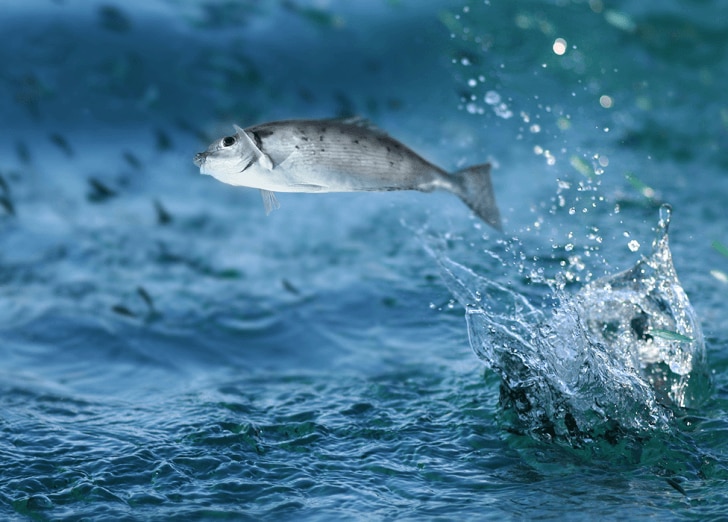
While they are not exactly known for their frisky habits, fish have been spotted leaping over obstacles in the water when there was no need for such aerobatics. It’s thought that as well as having fun, the fish are gearing up for a time when a predator may provoke such a reaction. Horses too are known to engage in play almost as soon as they are born. Once they can walk, they immediately start to gallop, frolic and buck, again, honing the motor skills they may need when they’re mature. Even insects such as ants and wasps have been seen staging mock battles with each other to practice their fighting and defense skills that they’ll need later in life.
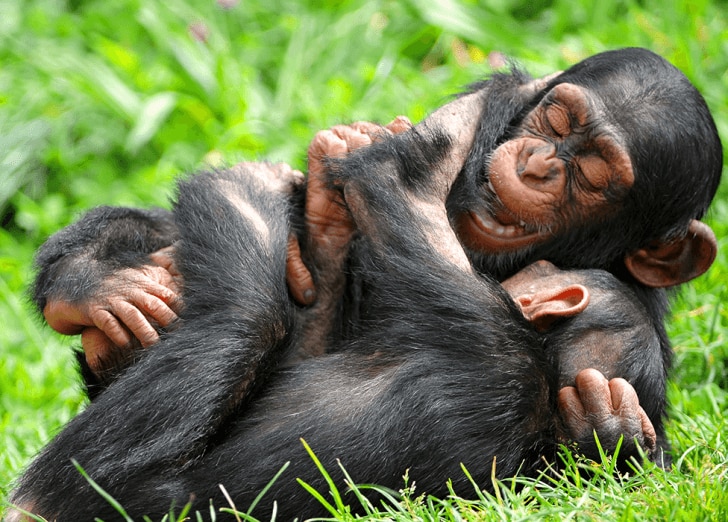
Incredibly, young female chimps in Uganda have been observed playing with dolls. Yes, these are rather rudimentary dolls that look like sticks to the rest of us, but the chimps care for them exactly as their mothers would have done. It’s believed they are practicing for the time when they are parents. While monkeys in captivity have been seen playing with toys, this play changes depending on sex. The females gravitated towards more traditionally-minded ‘female’ toys, such as dolls, while the males favoured things like trucks and balls.
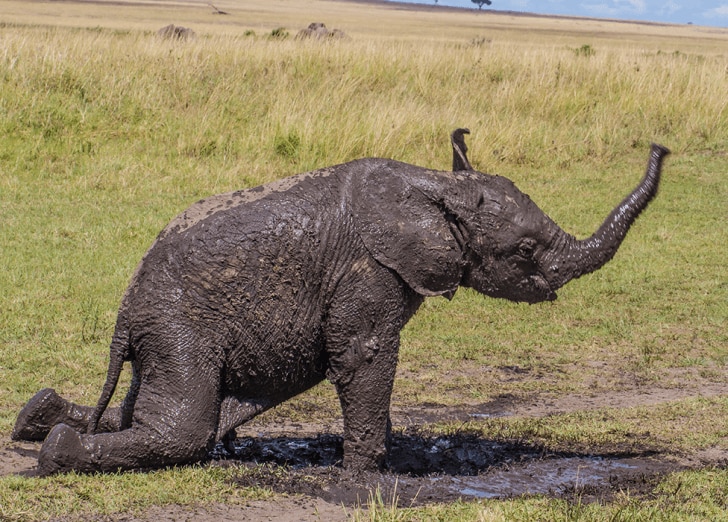
For every example of a developmental purpose for play, there are numerous others that suggest some animals have fun… just to have fun. Ravens have been observed ‘snowboarding’ down frozen roofs. Once they reach the bottom, they go back and repeat the process. Crocodiles have been known to give their smaller scaly friends a piggyback ride. Young elephants have been seen using riverside embankments as makeshift waterslides. Herring gulls routinely drop shells while flying and then catch them again mid-air. As most shellfish don’t possess the ability to be airborne, it seems the gulls, and all these other creatures, just take part in these activities purely for pleasure. And who can blame them?